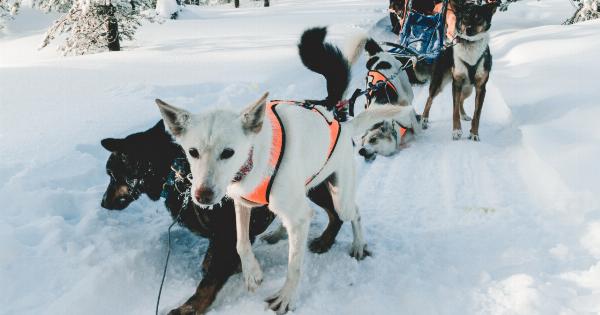Falling or sliding can occur in various situations, such as when walking on slippery floors, icy sidewalks, or wet surfaces. Understanding the risks associated with falling or sliding is the first step towards staying safe and smooth.
It is important to be aware of the potential hazards and take preventive measures to avoid accidents and injuries.
2. Wear Appropriate Footwear
Choosing the right footwear can significantly reduce the risk of falling or sliding. Look for shoes with slip-resistant soles that provide good traction. Avoid wearing heels or smooth-soled shoes when you know you may encounter slippery surfaces.
Opt for shoes that fit properly and offer stability and support.
3. Use Handrails for Support
When walking up or down stairs or ramps, always use handrails for support. They can help you maintain balance and provide stability in case you slip or lose your footing.
Make sure to firmly grip the handrails and avoid rushing while using stairs or ramps, especially in slippery conditions.
4. Take Small Steps
When walking on slippery or uneven surfaces, take small and deliberate steps. Shorter strides provide better control and allow you to adjust your footing quickly if needed.
Avoid rushing or taking long strides, as this can increase the chances of losing your balance and falling.
5. Remove Obstacles and Clutter
Keep your surroundings clear of any obstacles, clutter, or debris that can increase the risk of tripping or slipping. Ensure that pathways, hallways, and stairs are free from objects that could cause accidents.
Regularly clean and maintain the areas you frequently walk on to prevent them from becoming hazardous.
6. Be Mindful of Wet Surfaces
Wet surfaces, whether indoors or outdoors, can be extremely slippery. Use caution when walking on wet floors, sidewalks, or tiled areas. Be especially careful around entrances and exits where rainwater or snow may accumulate.
If possible, avoid walking on wet surfaces altogether or take alternate routes.
7. Take Precautions in Icy Conditions
Icy conditions pose a significant risk of falling or sliding. In icy weather, wear appropriate footwear with good traction, such as ice cleats or shoes with slip-resistant soles. Take small steps, move slowly, and use handrails whenever available.
If necessary, consider using salt or ice melt to improve traction on icy surfaces.
8. Keep Your Vision Clear
Clear vision is essential for maintaining balance and avoiding potential hazards. Make sure to keep your eyeglasses clean and free from smudges.
During inclement weather, use appropriate eyewear such as goggles or sunglasses to protect your eyes and ensure clear visibility.
9. Be Aware of Your Surroundings
Being aware of your surroundings can help you anticipate potential dangers and take preventive measures in advance. Pay attention to warning signs, wet floor indicators, or cautionary messages.
Stay focused on where you are stepping and avoid distractions like texting or talking on the phone while walking.
10. Seek Professional Help if Necessary
If you have concerns about your balance or mobility, do not hesitate to seek professional advice.
Physical therapists, occupational therapists, or balance specialists can assess your condition, provide guidance on exercises to improve balance, and recommend assistive devices if necessary. Taking proactive steps towards improving your stability can significantly reduce the risk of falling or sliding.































